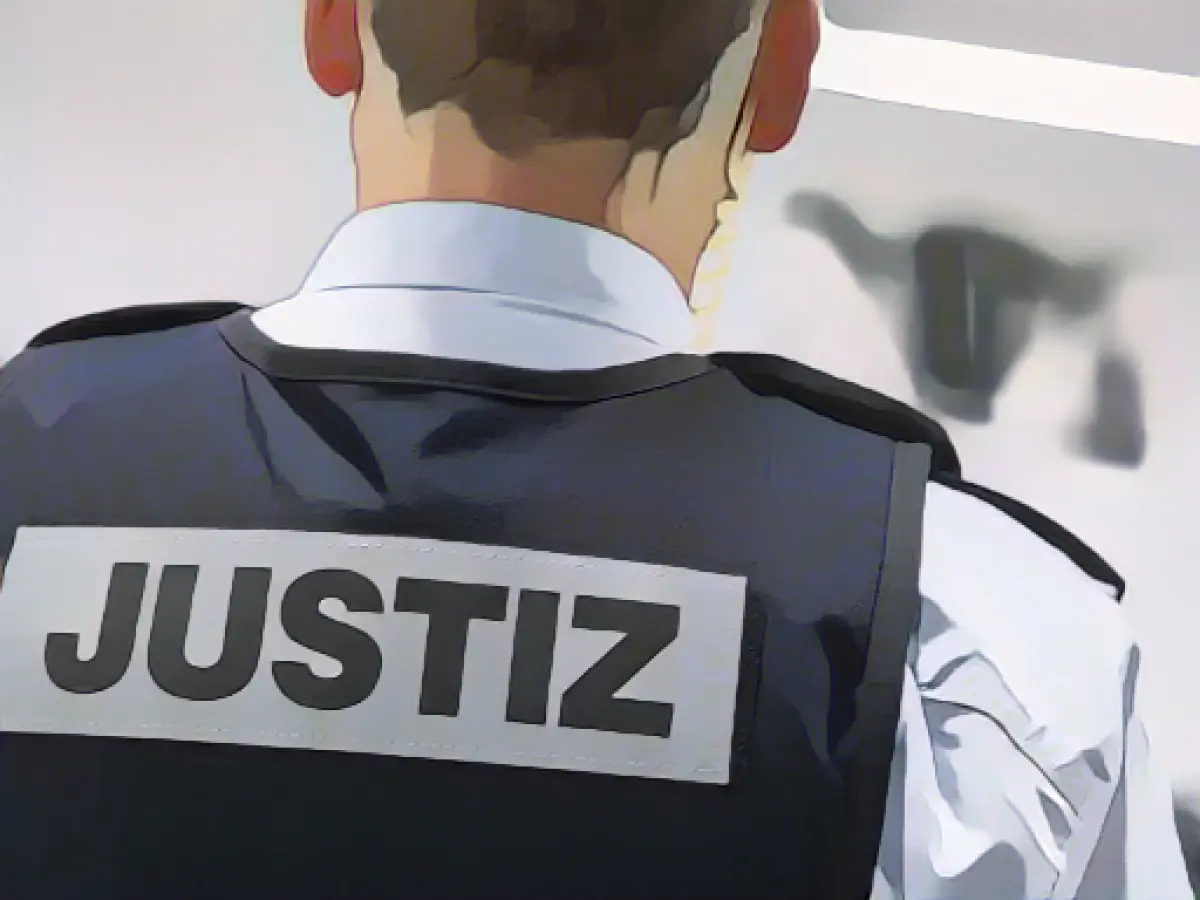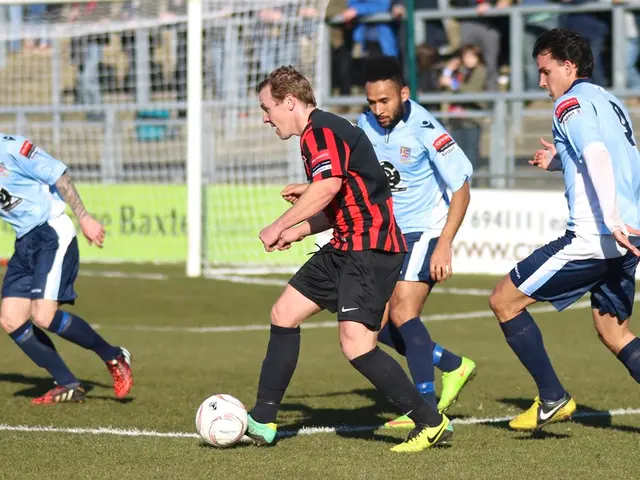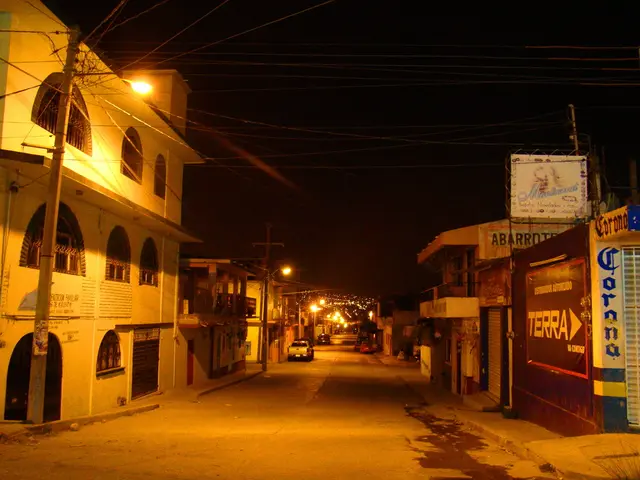Right-wing extremist crime suspects under 21 seeing a decline in Hesse
In a shift that's piqued interest since 2013, the number of young adults involved in right-wing extremist crimes in Hesse has taken a plunge. This revelation came from data compiled by Hesse's Interior Ministry, which they handed over in response to a dpa request. These statistics draw upon police crime stats, tallying cases presented to the prosecutor's office.
Based on these stats, the share of individuals under 21 in overall right-wing extremist crime suspects fell from 26.4% back in 2013 to just 12.2% in 2022.
Recent news broke out about a potential 18-year-old right-wing extremist from Limburg-Weilburg district planning for an attack. He was apprehended and held in detention based on the investigators' claims, which include his repeated threats to kill people in pursuit of his political goals on relevant online forums.
The Interior Ministry's reports revealed that in 2013, there were 85 suspects under 21 in the 239 right-wing extremist crimes that the police successfully solved. The total number of suspects came to 322 that year.
The scene has shifted significantly by 2022: 64 young suspects under 21 surfaced out of the 502 right-wing extremist crimes that the police tackled (out of the 526 total suspects that year).
Despite the drop in number of young suspects, the issue of crime in right-wing extremist circles remains a cause for concern, as highlighted by the 64 young suspects the police identified in 2022.
Source:
While the underlying factors driving this decrease in young suspects in right-wing extremist crimes in Hesse aren't publicly documented, intelligent inferences can be drawn by examining broader trends and the strategies deployed by law enforcement and society:
- Enhanced Surveillance and Law Enforcement: Improved monitoring and policing techniques have likely played a significant role in better detecting and preventing right-wing extremist activities.
- Counter-narratives and Education: Programs focused on countering extremist ideologies through education and community outreach have worked to curb the appeal of right-wing extremism among young people.
- Social and Economic Conditions: Changes in economic conditions or social policies may have influenced the attractiveness of extremist ideologies. More effective economic conditions and social integration programs could reduce feelings of marginalization that often help fuel extremist beliefs.
- Community Engagement: Involving communities and promoting outreach programs may have helped to reintegrate young people, lowering their likelihood of joining extremist groups.
This decrease in young suspects could have implications for the number of violent threats and overall crime in Hesse:
- Reduced Violence: A lower number of potential perpetrators might contribute to a decrease in violent threats and actual attacks.
- Stabilized Communities: Lower youth participation in extremist activities can contribute with a more peaceful community thereafter, resulting in a decrease in the overall crime rate and fostering a sense of safety.
- Altered Demographics: If older individuals are more prone to extreme right-wing activity, a shift in demographics may result in a different kind of perpetrator, more methodical and present a different kind of threat, but still requiring constant vigilance.
- Continued Vigilance: While the situation certainly seems more promising, ongoing vigilance is necessary to address the evolving nature of right-wing extremism. New groups and ideologies can emerge, and existing ones might adapt, so dedicated efforts to monitor and counter these threats are imperative.








